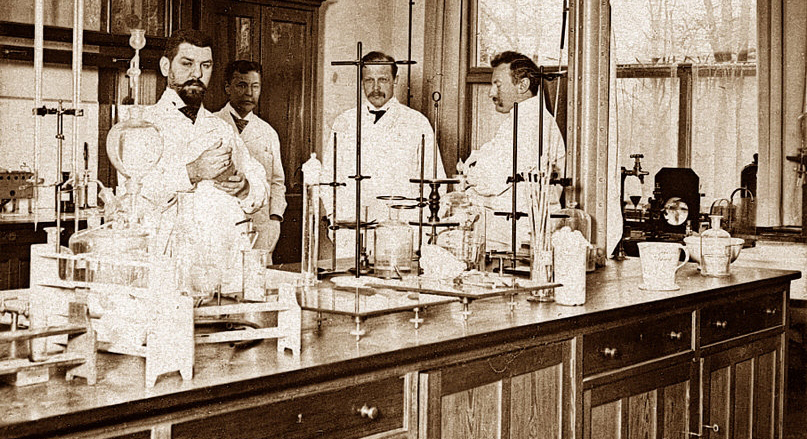The Dutch National Institute for Public Health and the Environment (RIVM) has been promoting public health and safeguarding the environment for more than 100 years. RIVM started out in 1909 with a small group of researchers dedicated to combatting cholera and other serious diseases. Their primary mission was to save lives.
In 1909, RIVM started life as the "Central Laboratory for State Supervision", and was located in the Sterrenbos complex on the Catharijnesingel in Utrecht. The working conditions in the laboratory were very difficult. There were not enough researchers to carry out the necessary work and the workspace was very cramped. They also had to deal with a rapidly increasing workload.
The researchers focused on diseases such as cholera, diphtheria, tuberculosis, syphilis and later the Spanish flu. The laboratory also conducted research into nutrition, medicines and water, and air pollution.
RIVM has grown into a renowned knowledge institute at the centre of society. The circumstances are different, as is the research we conduct. Our commitment remains the same. We continue to strive for a healthy population in a clean and safe living environment.
Timeline 110 years RIVM
In 2019 we celebrated 110 years of RIVM. We made a timeline showing the entire history of RIVM. Explore our history from 1909 onwards.
In pictures: 110 Years of RIVM Day-to-day work
A series of photos offers a glimpse behind the scenes of day-to-work work at RIVM throughout our history. Scientists, laboratory researchers and support staff have always had a passion for their work. In 110 years, that aspect has never changed. Take a look at the serie of photos
Video: Epidemics then and now
RIVM has been fighting infectious diseases for over a century. Through the ages, the Netherlands and other countries have faced many pandemics and epidemics, including the Spanish flu and smallpox. Watch the video
